Hi there, I’m Ahmad Hassan, and if I’m being honest, maple tree identification wasn’t exactly my cup of tea five years ago. I mean, how hard could it be, right? A tree is a tree. But my journey into gardening turned me into a leaf nerd, and now, I can tell a sugar maple from a silver maple even on a foggy day. It took years of trial, error, and a few “oops-that’s-not-a-maple” moments. Today, I want to share all those tips, tricks, and little secrets I’ve gathered. Trust me — by the end of this, you’ll be a pro too.
Why Maple Tree Identification Matters
Let’s get real for a second. You might think, “Why bother? A maple is a maple.” But here’s the thing: each species tells its own story. Sugar maples give us that golden syrup. Red maples show off in autumn like they own the place. Silver maples? Fast growers, but a bit high-maintenance. Identifying them isn’t just a botanical flex; it’s practical. You’ll know what you’re planting, how to care for it, and what to expect. Plus, it saves you from awkwardly calling a sycamore a maple at a garden party. (Been there, done that.)
Quick Visual Checklist for Maple Tree Identification
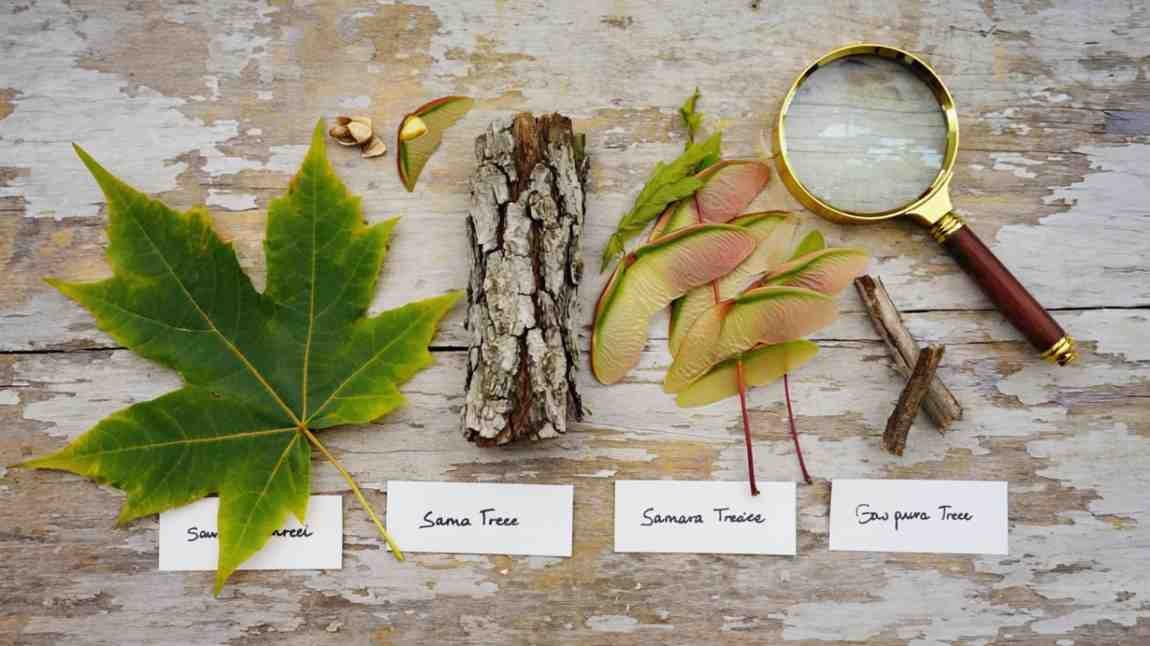
When in doubt, start with the obvious. Here’s what to look for:
- Leaves – The classic maple leaf shape varies by species. Think lobes, edges, and size.
- Bark – Young maples have smooth bark; older ones get rugged and grooved.
- Samara (Seeds) – Those helicopter-style seeds are a dead giveaway.
- Color – Maple trees put on a spectacular color show in fall. Species differ in hue.
- Growth Habit – Some are tall and stately; others spread like they’re claiming territory.
If you keep these in mind, you’ll be way ahead of the game.
Breaking Down the Big Ones
-
Sugar Maple (Acer saccharum)
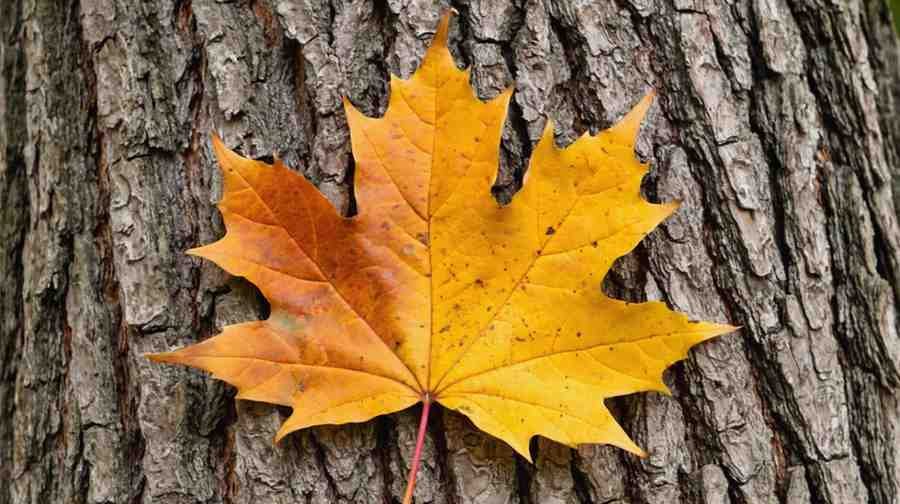
Ah, the sugar maple. The superstar of the syrup world. If you’re in North America, you’ve probably met this guy. Look for five-lobed leaves with smooth edges. The bark? Gray and rough, like it’s been through some things. These trees are majestic and live long, making them a favorite for yards and parks.
-
Red Maple (Acer rubrum)
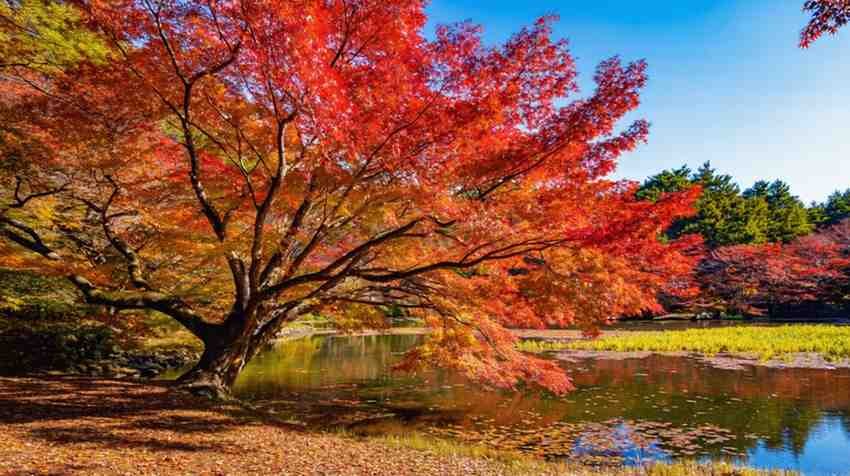
These trees are like that one friend who always dresses to impress. In fall, their leaves blaze red, orange, or yellow. Their leaves have three to five lobes, with serrated edges. They’re pretty adaptable and love wet soil, so you’ll find them thriving near swamps or streams.
-
Silver Maple (Acer saccharinum)
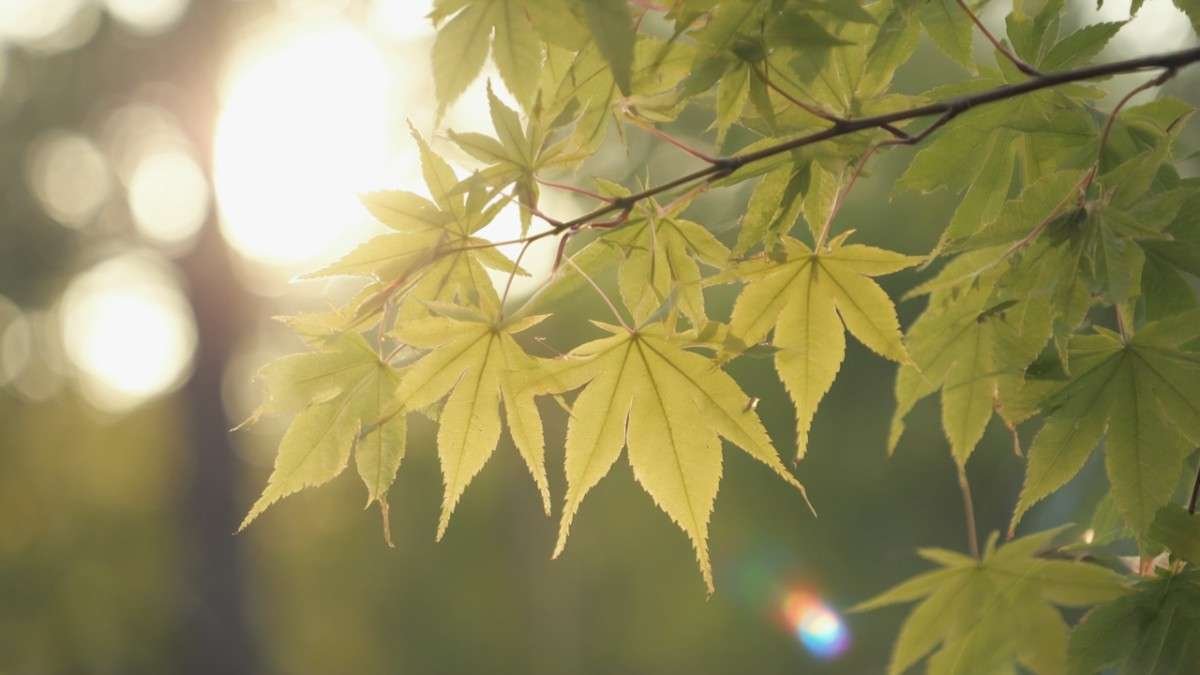
Meet the sprinter of the group. Silver maples grow fast — but here’s the trade-off: weaker wood. Their leaves are deeply cut, with silvery undersides that shimmer in the wind. Beautiful? Absolutely. But you might want to keep them away from areas prone to heavy storms.
A Funny Little Mistake I Made

When I first started with maple tree identification, I was so confident. I pointed at what I swore was a sugar maple and told my friend, “Yep, that’s the syrup tree.” Turns out, it was a Norway maple. He still teases me about it. Moral of the story? Take your time. Study the leaves. Get up close and personal. Trees don’t mind you staring.
The Bark: Not Just for Dogs
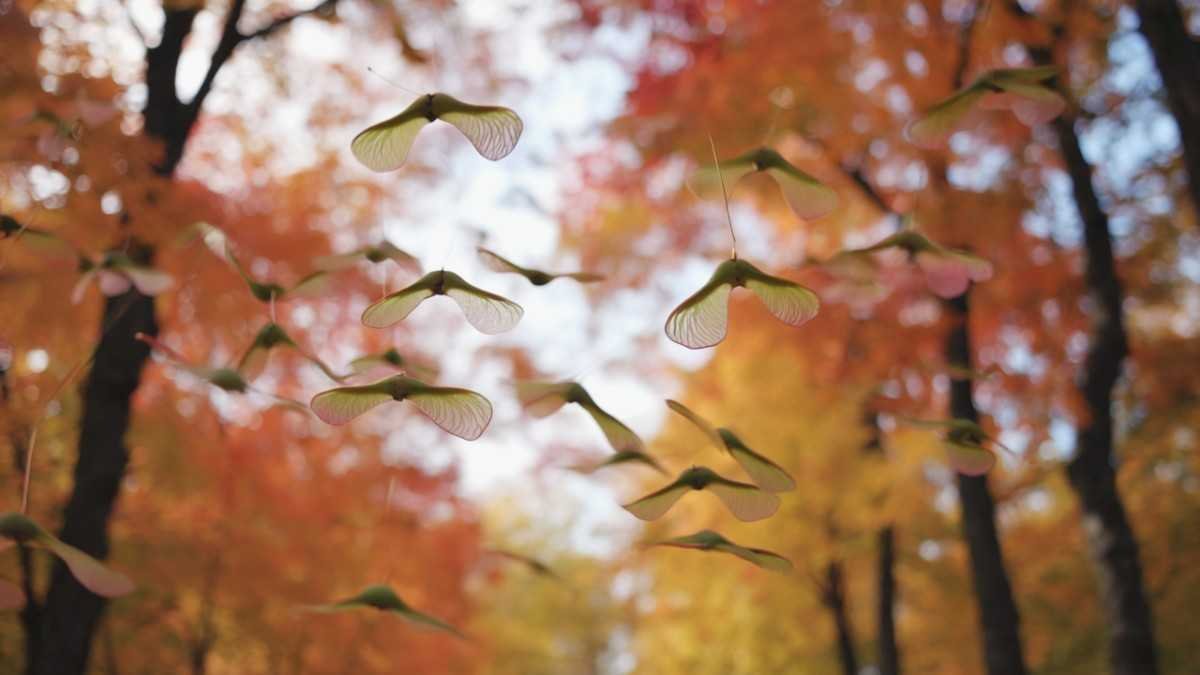
If leaves confuse you, bark can help. Young sugar maples have smooth gray bark. Red maples? Light gray with a hint of flakiness. Silver maples? More of a shaggy, peeling texture as they age. Bark tells a story — like tree wrinkles — and once you know how to read it, identification gets easier.
Those Quirky “Helicopter” Seeds
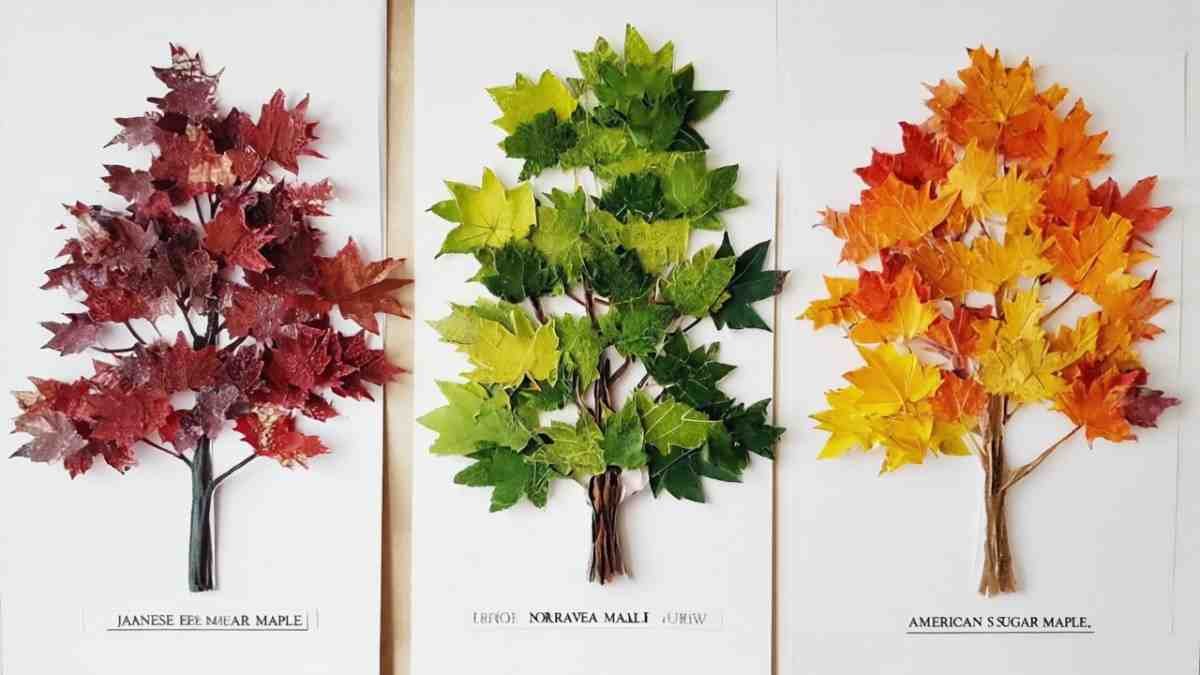
You know those little seeds that spin like helicopters when they fall? Those are called samaras, and they’re pure maple signature. But here’s the fun part: each species has its own spin (literally). Sugar maple samaras are smaller and pair up in a “U” shape. Red maples? Wider angles. Silver maples? Long and thin, like dragonfly wings.
Maple Tree Identification Around the World

Maples aren’t just a North American thing. Japan boasts some of the most stunning maple species, like the Japanese maple (Acer palmatum). Europe? They’ve got Norway maples all over. If you’re traveling and spot a maple-like tree, don’t assume it’s one you know. Different continents, different personalities.
Practical Tips for Identifying in the Wild
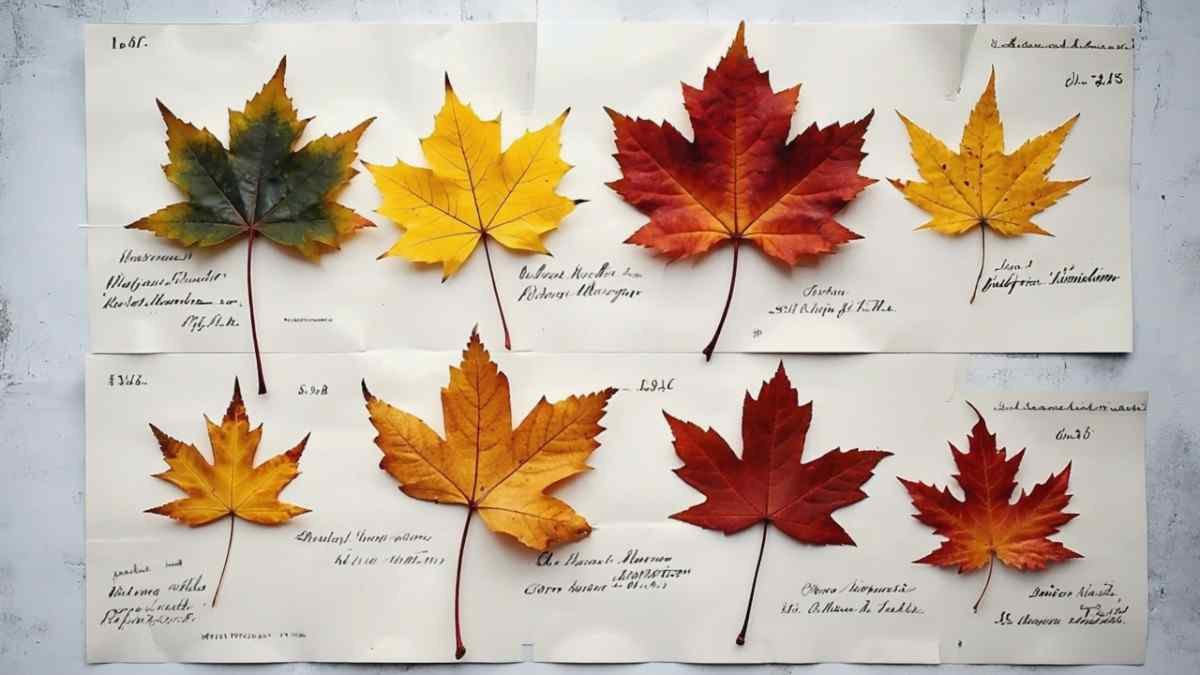
- Take photos – Close-ups of leaves, bark, and seeds help you compare later.
- Check in multiple seasons – Maples change dramatically from spring to fall.
- Use a field guide – Digital or old-school book, whatever works.
- Look at the ground – Fallen leaves and seeds often reveal what the tree is hiding.
- Ask experts – Local botanists or gardening groups can save you hours of guessing.
How I Got Better at It
Honestly? Practice. I spent weekends walking through parks, touching leaves, and comparing them. I also read way too many tree ID guides and joined online forums. Once, I even planted a tiny sugar maple in my backyard just so I could watch it grow and study it up close. If you’re serious about maple tree identification, get hands-on.
Advice for Gardeners
If you’re planting a maple, don’t just pick the prettiest leaf. Think long-term. Sugar maples are great for shade but slow-growing. Silver maples? Fast but needy. Red maples strike a balance. And hey, if you need inspiration for choosing the right tree, check out our tree selection guide.
FAQs About Maple Tree Identification
- How can I tell a sugar maple from a Norway maple?
Check the leaf stems. Norway maples ooze a milky sap when broken; sugar maples don’t. - Are all maples good for syrup?
Nope. Only sugar maples (and a few close relatives) make the good stuff. - Do all maples have helicopter seeds?
Yes, but they vary in size and shape depending on the species. - Can I grow maples in tropical regions?
Some species adapt, but most prefer temperate climates. - What’s the easiest maple for beginners to identify?
Red maples, thanks to their standout color and leaf shape.
Wrapping It Up
Maple tree identification isn’t just about naming a tree. It’s about connecting with nature on a deeper level. Whether you’re a gardener, a hiker, or just someone who enjoys a good autumn view, knowing your maples adds richness to the experience. So grab a field guide, take a walk, and look closer. Trees have stories to tell — you just need to listen.
And if you want more gardening guides, check out our tips on seasonal tree care or learn about caring for Japanese maples.
Digging Deeper: Identifying by Leaves Like a Pro
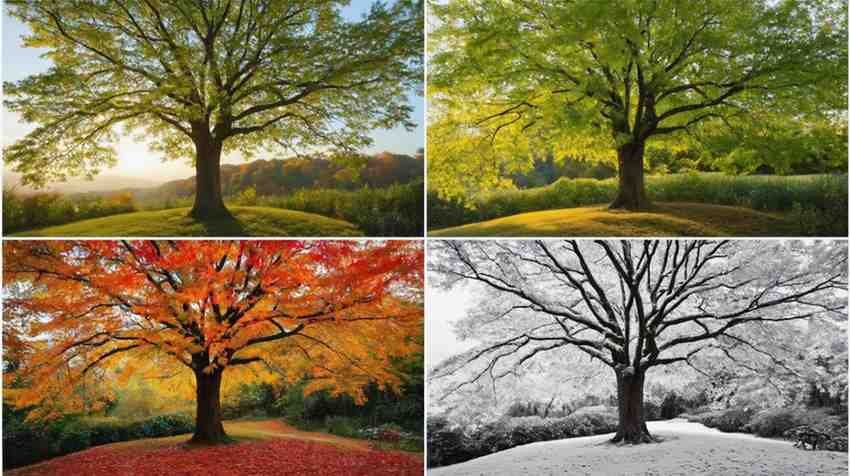
Ah yes, the leaves — the most obvious (and confusing) part of maple tree identification. When I first started, I thought all maple leaves looked like the one on the Canadian flag. Spoiler alert: they don’t. Some are deeply lobed; others are nearly round. Here’s how to tell them apart:
- Sugar Maple – Five lobes, rounded edges, and deep U-shaped spaces between lobes. Think “classic maple.”
- Red Maple – Three to five lobes with serrated edges. The underside has a whitish hue, which makes it easier to spot in a breeze.
- Silver Maple – Deeply cut lobes, giving it a skinny, finger-like look. The undersides are silvery (hence the name).
- Norway Maple – Wide, five-lobed leaves with pointed tips. Break the stem and you’ll see that milky sap I mentioned earlier.
I used to carry a leaf sample book when hiking. Now, I just snap a photo and compare it later with my favorite tree identification guide. It’s like Pokémon Go, but for leaves.
Seasonal Changes: Maples are Drama Queens

If you think you know a maple tree just because you saw it in July, think again. These trees reinvent themselves every season like they’re auditioning for a Broadway show.
- Spring – Buds and flowers appear. Red maples have reddish flowers; sugar maples produce small yellowish clusters.
- Summer – Full, lush leaves make species easier to identify. This is prime ID time.
- Fall – Showtime. Sugar maples turn bright orange or golden. Red maples? A mix of scarlet and deep orange. Silver maples tend to be yellowish with subtle red.
- Winter – No leaves? Check the bark and buds. Sugar maple buds are brown and pointed. Red maple buds? Reddish and rounder.
Pro tip: If you’re struggling to identify, go back to the same tree during a different season. It’s like catching them in different moods.
Bark 101: Wrinkles Tell the Tale

Bark is underrated. People ignore it, but it’s your best friend in winter when leaves are gone. I remember standing in a frozen park one January, freezing my fingers off trying to identify a tree. Then I noticed the bark pattern. Boom — silver maple. From that day, I became a bark-watcher.
- Sugar Maple – Starts smooth and turns into irregular, vertical ridges as it matures.
- Red Maple – Young bark is smooth and light gray; older bark cracks into shaggy plates.
- Silver Maple – Loose, peeling bark that often looks shredded in older trees.
- Norway Maple – Uniform and finely grooved; almost too neat-looking compared to others.
If you’re new, try rubbing the bark (gently). It sounds silly, but texture often gives clues your eyes miss.
Fun Fact: Samaras are Nature’s Toys

You know those little helicopter seeds? They’re called samaras, and kids (and grown-ups like me) love tossing them in the air to watch them spin. But these aren’t just for play — they help with maple tree identification.
- Sugar Maple – Small and paired close together like a U.
- Red Maple – Spread out at a wider angle; often reddish in spring.
- Silver Maple – Long and thin, almost wing-like.
Collect a few next time you’re out. Compare them side by side. It’s like detective work, but for trees.
My Embarrassing “Expert” Moment
A couple of years ago, I confidently led a group of gardening newbies on a “tree identification walk.” We stopped at what I swore was a sugar maple. I launched into a 5-minute talk about syrup-making… only to realize later it was a Norway maple. Ouch. Did I want to disappear? Absolutely. But here’s the thing: mistakes are how you learn. That day taught me to always double-check leaf stems for sap. Lesson learned.
Worldwide Maples: They’re Everywhere
One thing I love about maple tree identification is that it’s a global adventure.
- Japan – The Japanese maple (Acer palmatum) is a masterpiece in any garden. Leaves are delicate and deeply divided. They’re so ornamental it’s almost unfair.
- Europe – Norway maples dominate here. They’re hardy and adapt to urban spaces, which is why you’ll see them lining streets.
- Asia – Other ornamental varieties thrive in China and Korea. Some even grow in tropical mountain regions.
So, no matter where you are, there’s likely a maple near you — each with its own quirks.
Common Problems When Identifying Maples (and Fixing Them)
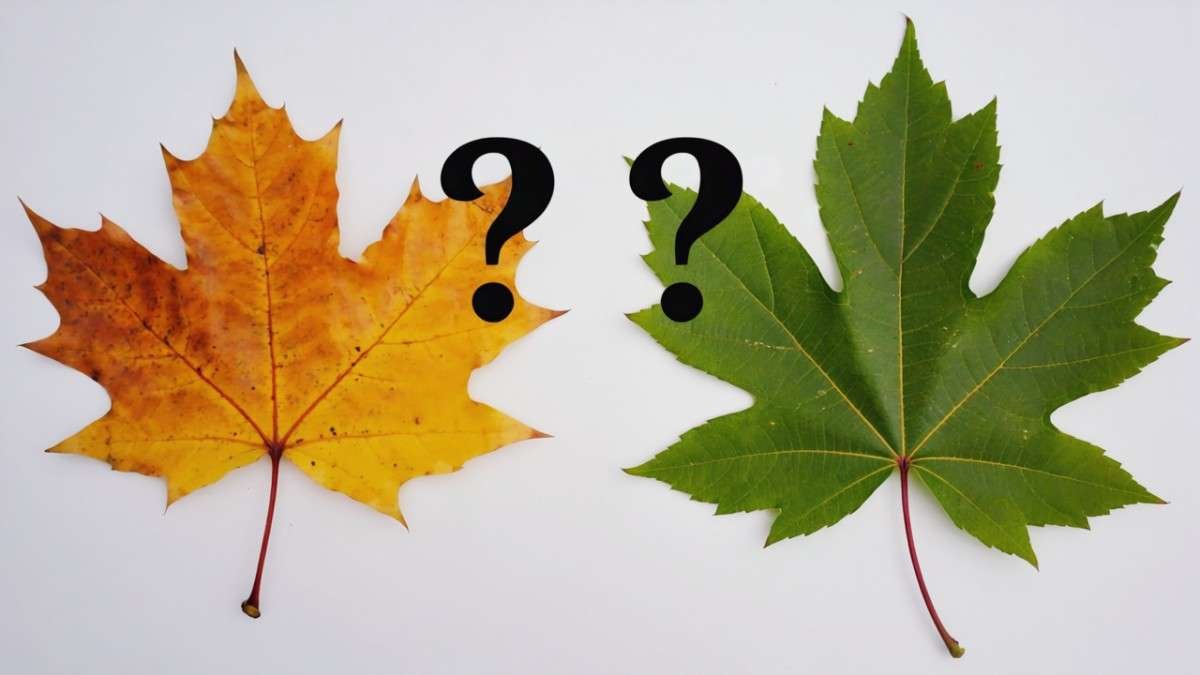
Problem 1: Confusing Maples with Sycamores.
Solution: Check the seeds. Maples have samaras; sycamores have ball-like seed clusters.
Problem 2: All Leaves Look the Same.
Solution: Focus on the edges and lobes. A little serration vs. smooth edges makes a huge difference.
Problem 3: Winter Confusion.
Solution: Learn bud and bark identification. It’s like winter detective mode.
If you’ve been there, you’re not alone. I made all these mistakes, too.
Should You Plant a Maple?
Short answer: Absolutely. But think carefully.
- Space – Silver maples need room to stretch. Don’t put them near houses or driveways.
- Purpose – Want syrup? Sugar maple. Want fast shade? Silver or red.
- Aesthetic – Japanese maples for elegance. Red maples for show-stopping fall color.
For help picking the right one, check out our guide to choosing trees for small gardens.
Extra Tips for Budding Tree Detectives
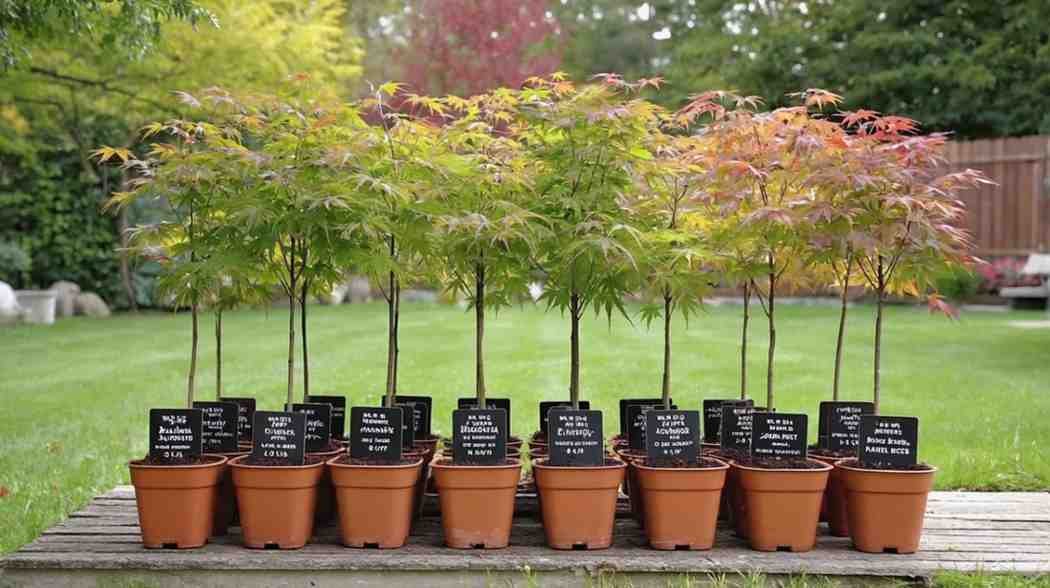
- Keep a Journal – Note leaf shape, color changes, and dates. It helps you spot patterns.
- Join a Local Group – Many cities have nature clubs that do tree walks.
- Use Apps – Tools like PlantSnap can confirm IDs (but don’t rely on them 100%).
- Visit Arboretums – Walk among labeled trees. It’s like having an open-book test.
This was my secret weapon early on — learning from living libraries of trees.
More FAQs
- Do maple trees grow well in pots?
Japanese maples do. Larger species need open ground. - Are all maple trees safe for pets?
Most are, but red maple leaves can be toxic to horses. - What’s the oldest maple species?
Sugar maples can live over 300 years in the right conditions. - Can I tap any maple for syrup?
Technically yes, but only sugar maples produce syrup worth collecting. - What’s the best season to ID maples?
Summer and fall, when leaves are fully developed and colorful.
Wrapping It All Together
Maple tree identification is part science, part art, and part pure enjoyment. Whether you’re identifying for gardening, foraging, or just for fun, it’s a skill that gets easier the more you practice. Trust me — five years ago, I couldn’t tell a sugar maple from a fence post. Now? I can’t walk past a tree without wondering, “Which maple are you?”
Take it slow. Enjoy the process. And if you get stumped, we’ve got more resources — like our seasonal tree care guide and Japanese maple growing tips. You’ll be a maple whisperer in no time.
Falling for Maple Tree Species – A Leaf, A Story, A Whole Backyard
Celebration Maple Tree: The Backyard Hero with Fiery Swagger
Related Posts Links :
https://homegardeni.com/falling-for-maple-tree-species-a-leaf-a-story-a-whole-backyard/
https://homegardeni.com/celebration-maple-tree-the-backyard-hero-with-fiery-swagger/